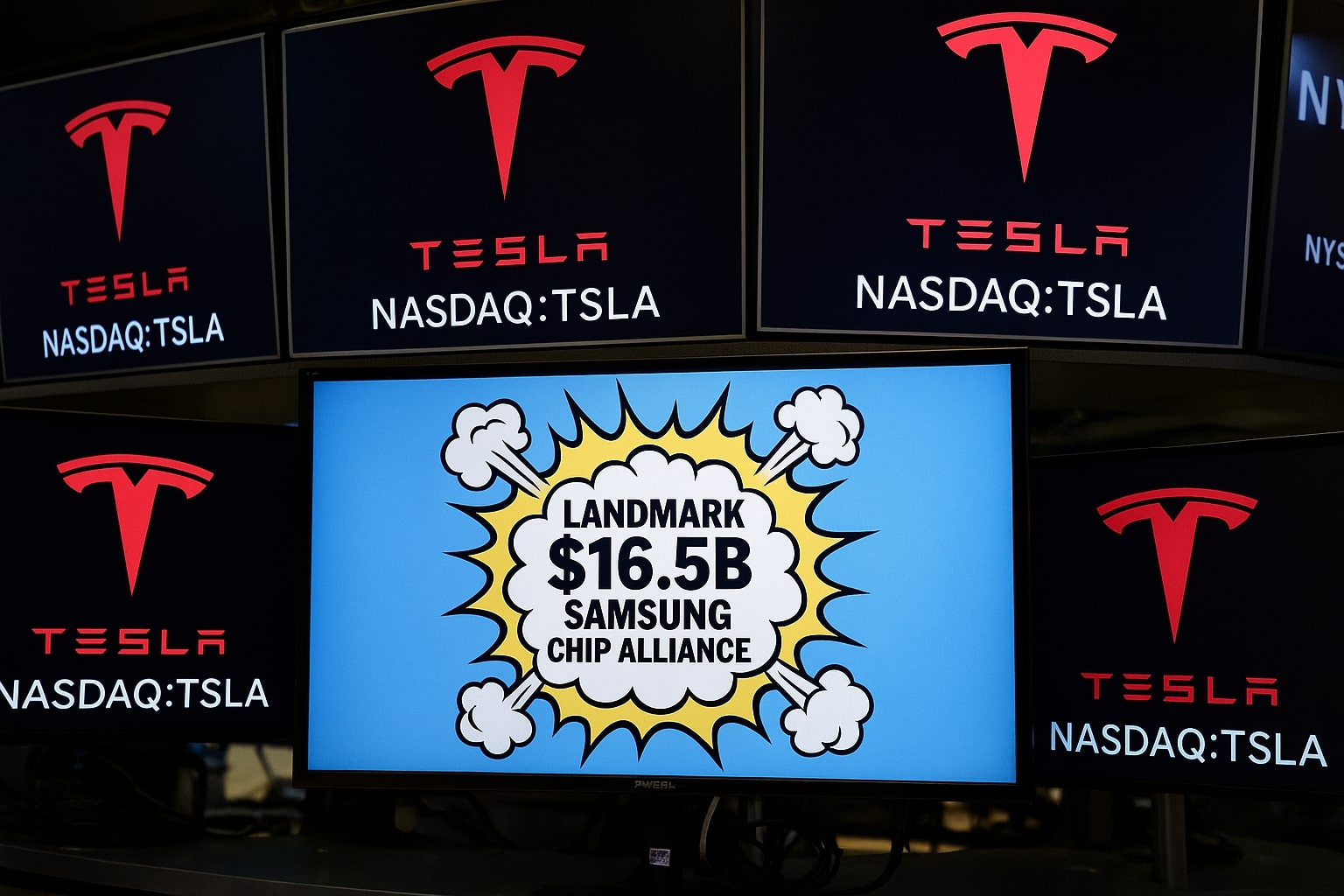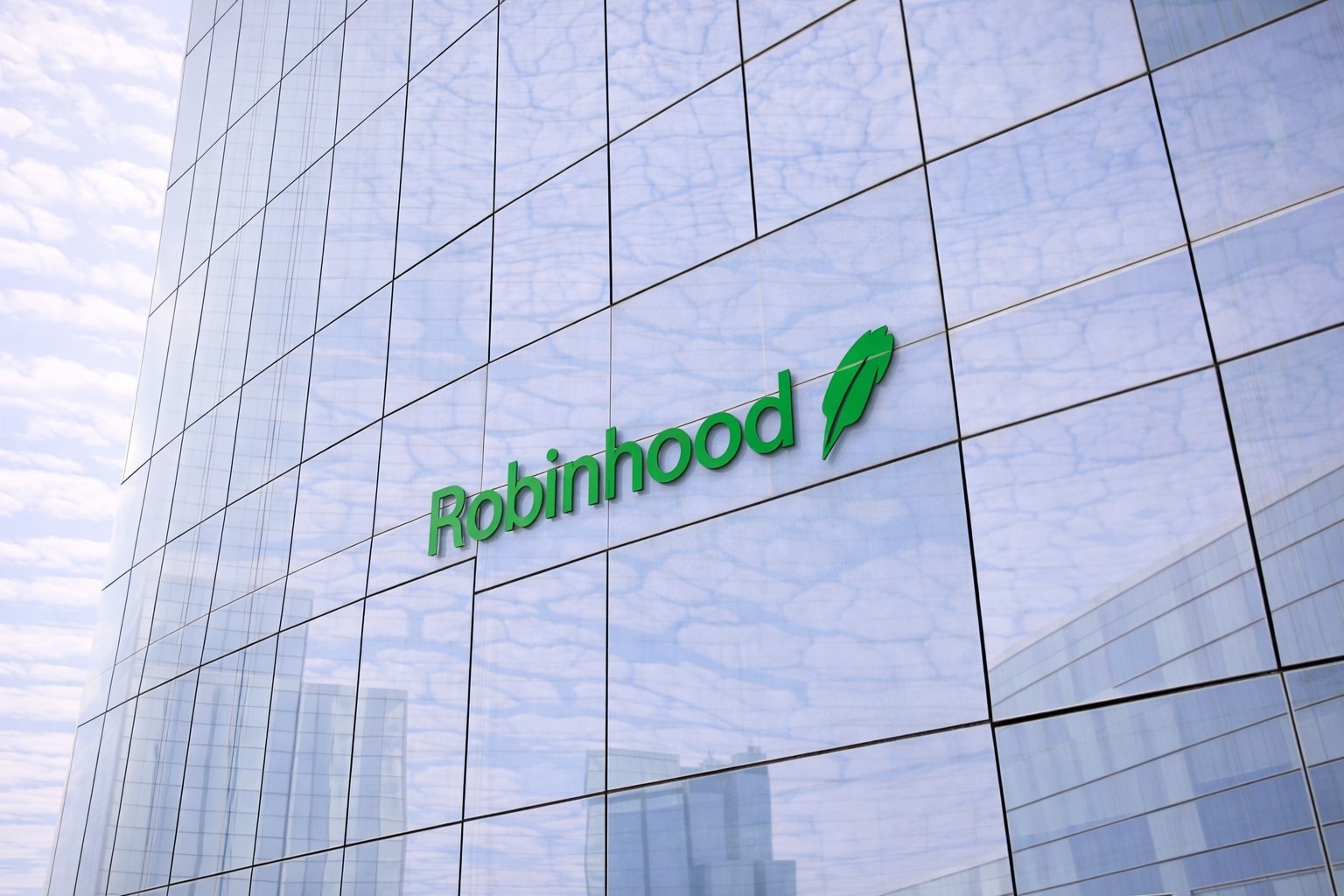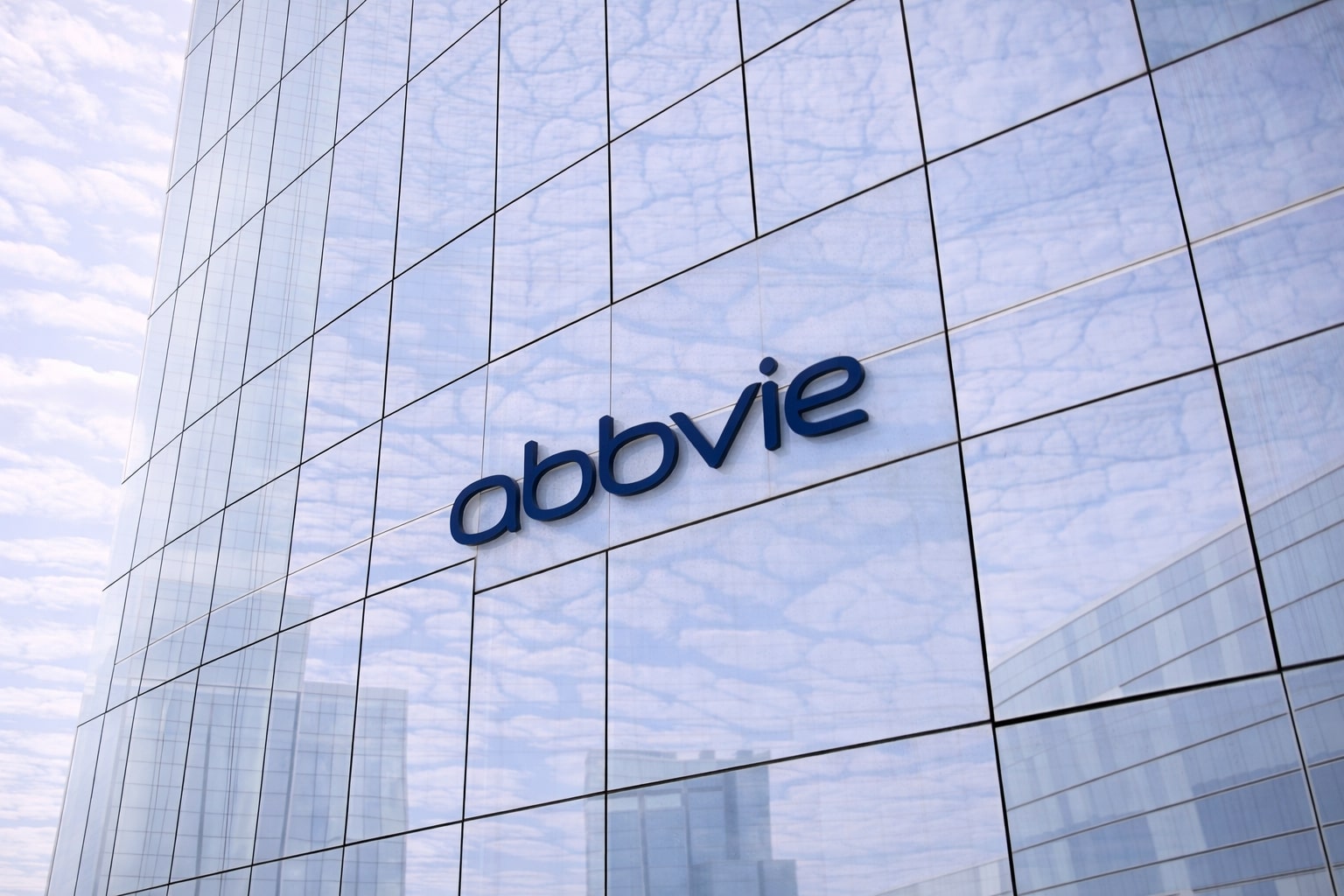Q2 Financial Shockwaves Hit NASDAQ:TSLA
Tesla’s second-quarter results revealed a steep contraction in its core electric-vehicle segment as automotive revenues declined 16 percent year-over-year to $16.7 billion, dragging total revenues down 12 percent to $22.5 billion. Operating income plunged 42 percent, missing consensus by $240 million and underscoring a demand slump exacerbated by the phase-out of the $7,500 federal EV tax credit. That incentive’s expiration at quarter-end is set to remove roughly $1.5 billion from 2025’s regulatory-credit revenue and nearly $600 million more the following year, forcing a reset of margin expectations.
Tariff Pressures and Premium Pricing Squeeze Margins
Despite Musk’s assurances that Tesla’s localised production footprint would minimise tariff exposure, unexpected hikes to U.S. and European import levies added upward of $500 per vehicle in costs. Meanwhile, Tesla’s lineup has drifted into the luxury tier, with base Model 3 pricing near $46,000 and Model Y above $54,000 in the U.S.—well above rival entry-level EVs like the $28,000 Nissan Leaf S or $33,000 Toyota bZ4X. In China, the gap widens further against BYD’s $10,000 Seagull, undermining volume growth in Tesla’s largest market.
Landmark $16.5 B Samsung Chip Alliance
Amid the revenue downturn, Tesla inked a $16.5 billion multi-year foundry agreement with Samsung Electronics to co-design and manufacture its “AI6” automotive-and-robotics chips at Samsung’s Texas fab. Representing about 8 percent of Samsung’s 2024 revenue, the pact spans 2025–2033 and positions Tesla to scale its next-generation Full Self-Driving processors and Optimus robotics silicon. Musk will personally oversee integration, aiming to boost yield “several-fold” and secure long-term cost and supply predictability.
Robotaxi Pilot Sparks Autonomous Mobility Race
In Austin, Tesla quietly deployed ten Robotaxis in a live-traffic pilot—modest compared to Waymo’s 300,000 weekly rides, but a crucial regulatory milestone. Musk targets expansion into Phoenix and Los Angeles, betting on fleet-wide FSD upgrades to convert Tesla’s 4 million strong installed base into a direct rival to Uber’s ride-hail network. Analysts forecast autonomy could contribute 45 percent of automotive revenue by 2030, as Tesla captures both platform fees and utilisation gains.
Optimus Humanoid Robotics Ambitions
Tesla’s Optimus program aspires to produce 100,000 humanoid robots per month by 2030 at an average $30,000 price point, potentially unlocking a $30 trillion annual revenue opportunity. Management aims for a production-ready prototype by year-end 2025 and commercial scale-up in 2026. Yet, competition looms large: China’s Unitree Robotics already sells humanoids for under $6,000, and China’s ecosystem advantage in AI, mechatronics, and manufacturing poses a formidable challenge.
Insider Confidence Surges Amid Buybacks
Throughout July, several senior Tesla executives and board members purchased over $50 million in shares at an average $250 price, reinforcing internal conviction. Their transactions, detailed under insider transactions on Tesla’s stock profile, suggest a strategic belief that current valuations understate Tesla’s long-term potential.
Valuation Strains and Analyst Divergence
Trading near $260, Tesla commands a forward P/E of 149× and EV/Sales of 11× versus industry averages of 16× and 1.3×. Seeking Alpha’s valuation grades Tesla an “F,” yet support at $230–$240 has held firm since April. Analysts have pared Q3 revenue forecasts to low-single-digit declines before a Q4 recovery, reflecting both cyclical headwinds and confidence in structural pivots.
Key Catalysts: Regulatory Approvals and AI Day Reveal
Upcoming milestones include California Public Utilities Commission rulings on Robotaxi permits, the Taipei roll-out of Tesla Robotaxis, and Tesla AI Day in Q4 to unveil AI6 chip performance. Technically, a break above $285 unlocks $320, while a drop below $230 risks retesting the $200 floor.
Buy, Accumulate, or Hold?
With its EV franchise under pressure, Tesla’s strategic depth in autonomy and robotics offers a compelling hedge against cyclical declines. We rate NASDAQ:TSLA a BUY, recommending accumulation on dips toward $230–$240, targeting $320 over the next 12 months as new revenue streams ramp and Q3 headwinds abate. For live chart analysis, visit Tesla’s real-time.



















